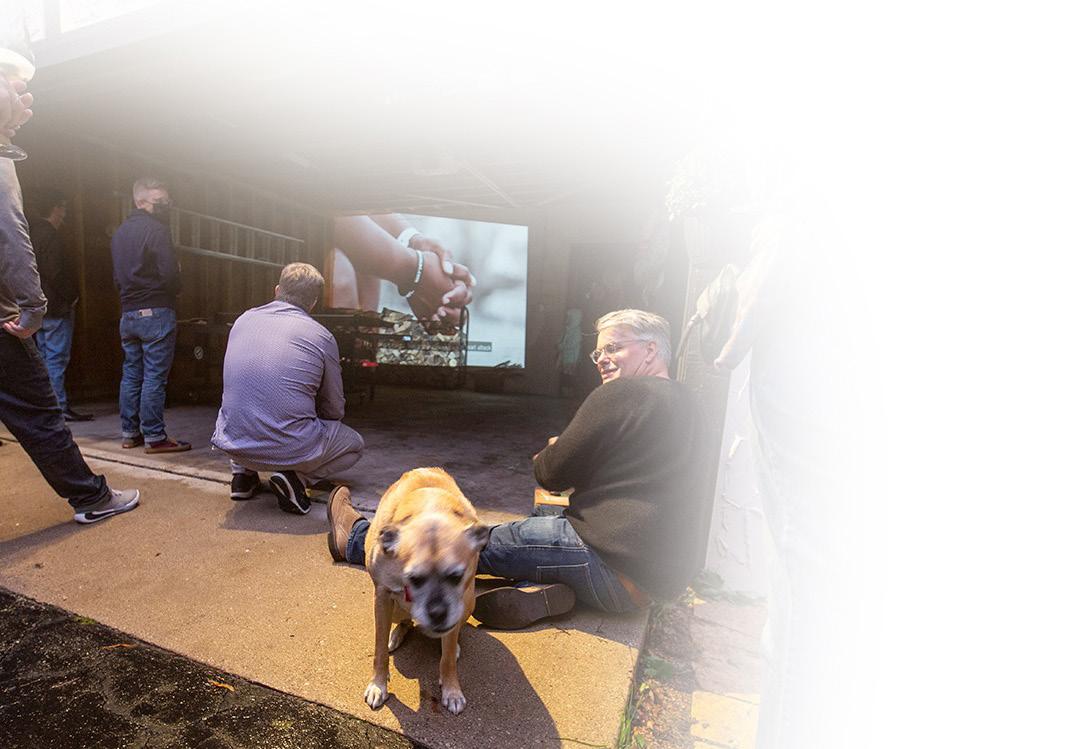8
www.uslaw.org U S L A W
The Application of Strict Product Liability Principles to Accidents Caused by Artificial Intelligence Shane O’Bryan and Samantha R. Wright Middleton Reutlinger
INTRODUCTION The year is 2020. A global pandemic, killer wasps, and now …killer robots? At this point, it is hard not to believe all of these as true. In fact, the reality is that all of these are truths. While killer robots sound like the plotline to 2004 science fiction film I, Robot (which ironically was set in 2020), artificial intelligence advancements have made these robots more than science fiction. Today, machines and robots have elite and sophis-
ticated programming that make them both extremely helpful and potentially dangerous. While the global pandemic has put a pause on many aspects of life, the progress and advancements in the artificial intelligence realm continues. Many industries are responding to this new norm and trying to understand the risks in this new and exciting field. One major question is how do we determine who is responsible when a machine utilizing artificial intelligence fails?
WHAT IS ARTIFICIAL INTELLIGENCE Artificial Intelligence, or AI, is any computer system or program that is able to recognize an event or situation, and decide to do, or not do, something. These programs “think” and behave in a manner that mirrors that of a person, without the risk of fatigue or exhaustion. Efficiency is the goal for most companies and people in their daily life. AI robots provide an efficiency that humans simply cannot.

















